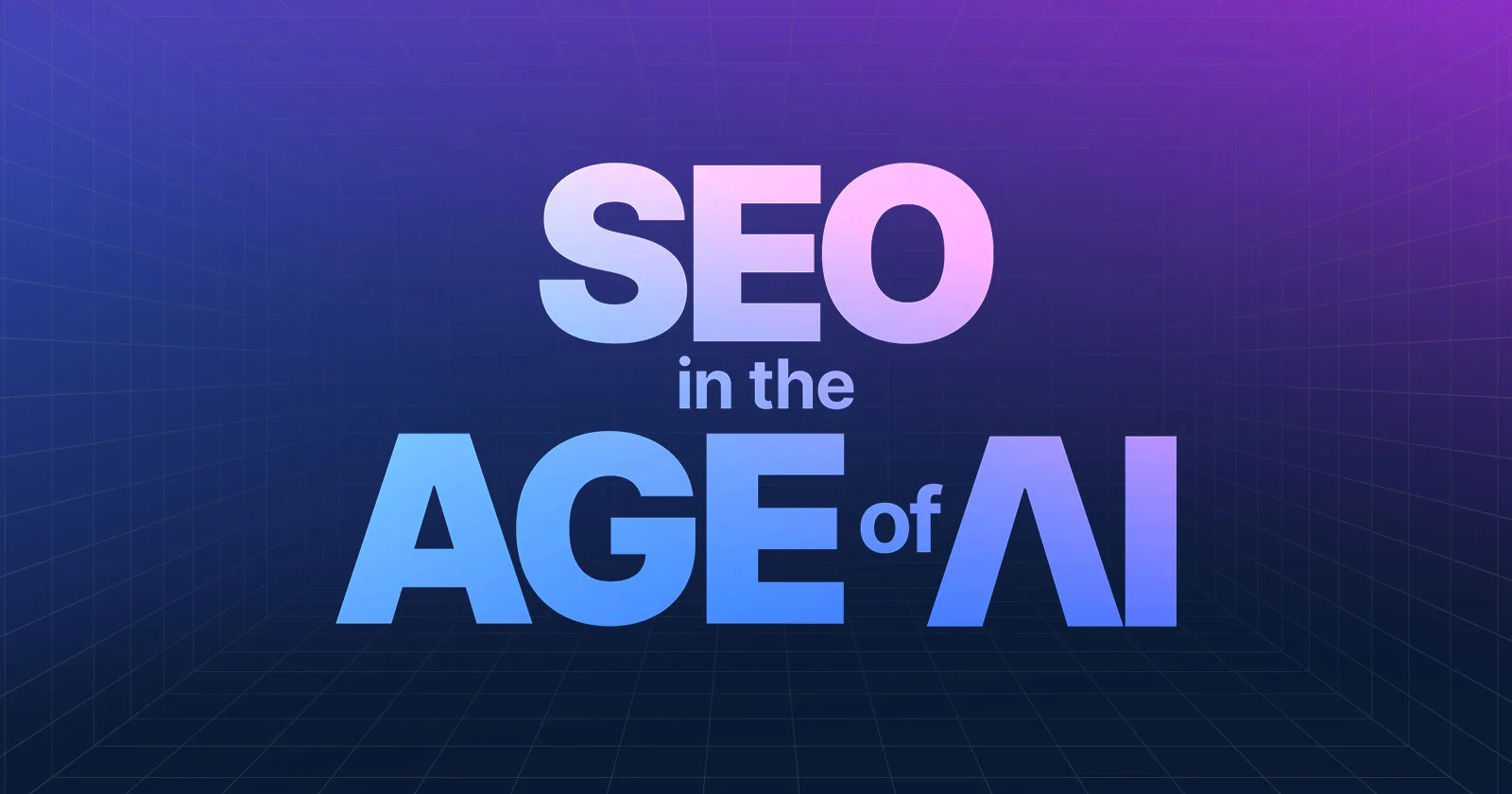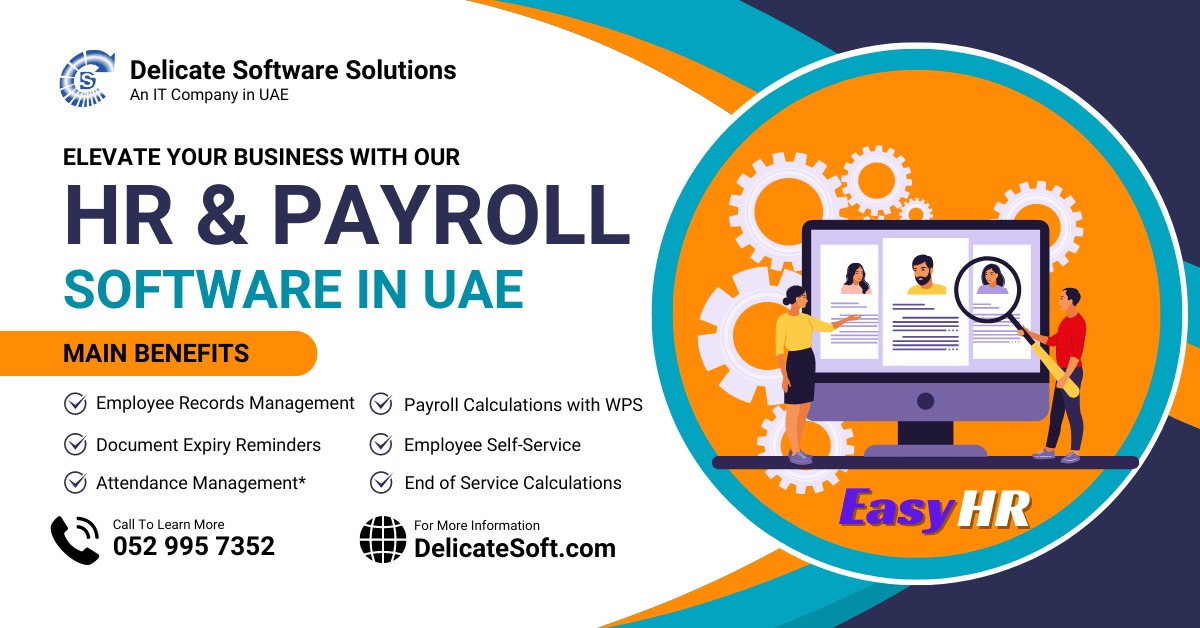Gavazzi’s Guide to Winning SEO in the Age of AI

As artificial intelligence continues to reshape the digital landscape, the world of SEO is undergoing a seismic transformation. Algorithms are smarter, search behaviors are evolving, and content strategies must adapt to remain effective. In this dynamic era, understanding how to navigate SEO using a modern, creative, and data-driven approach is more important than ever.
Enter Gavazzi’s Guide to Winning SEO in the Age of AI — a roadmap inspired by the work and philosophies of Federico Gavazzi, a digital marketing expert and the mind behind FedericoGavazzi.com. This guide blends his deep knowledge of SEO with a broader understanding of technology, creativity, and digital evolution.
The Changing Face of SEO in an AI-Driven World
Search engine optimization has always been about aligning with algorithms. But now, those algorithms are powered by AI models that mimic human understanding. Google’s search engine now leverages AI models like BERT and MUM to interpret queries in context, understand intent, and rank content more intelligently.
This means the old tactics of keyword stuffing, thin content, and backlink spamming no longer cut it. Winning in this new era requires a holistic approach — one that combines strategic thinking, user-centric design, and technical expertise.
Gavazzi’s SEO Philosophy: A Blend of Creativity and Data
At the core of Gavazzi’s approach is the belief that SEO is no longer just a technical discipline — it’s a creative, strategic craft. Federico Gavazzi, through his website FedericoGavazzi.com, exemplifies how a blend of artistry and analytics can lead to superior results.
Federico’s strategy relies on:
- Curiosity-Driven Exploration: Staying ahead of trends, testing hypotheses, and constantly refining digital tactics.
- Full-Funnel Thinking: Understanding that SEO is part of a broader user journey, not a siloed task.
- Data-Backed Execution: Using analytics and experimentation to validate every SEO move.
- Creative Storytelling: Delivering content that’s not only optimized but also resonates with human emotion and interest.
This hybrid method allows SEO practitioners to stay resilient, especially as AI-driven changes continue to disrupt traditional models.
Key Components of AI-Era SEO Success
1. Search Intent Over Keywords
Modern AI algorithms don’t just look for keywords — they analyze meaning. This shift places massive emphasis on understanding search intent. Gavazzi encourages marketers to move beyond exact-match keywords and focus on why users are searching.
For example, rather than targeting “best camera,” dive into the intent behind that query:
- Are users comparing brands?
- Looking for photography tips?
- Searching for product reviews?
Creating content that satisfies these deeper needs improves engagement and ranking.
2. Topical Authority and E-E-A-T
Google’s algorithm now prioritizes expertise, experience, authoritativeness, and trustworthiness (E-E-A-T). Building topical authority means covering an entire subject area in depth — not just individual keywords.
Gavazzi’s approach recommends:
- Developing content hubs and interlinked clusters.
- Showcasing credentials or experience (especially for YMYL topics).
- Highlighting original research, case studies, and firsthand knowledge.
This strategy is essential for long-term SEO visibility.
3. Semantic SEO and NLP
With AI models parsing content semantically, websites must focus on contextual relevance. Federico Gavazzi’s methodology involves optimizing for semantic SEO, which includes:
- Using related terms and entities instead of fixating on a single keyword.
- Structuring content with schema markup.
- Answering common questions in a conversational, AI-friendly manner.
This helps content surface in voice search, featured snippets, and people-also-ask boxes — areas increasingly powered by NLP engines.
4. Human-Centered, AI-Enhanced Content Creation
AI tools like ChatGPT and Gemini can generate content quickly, but Gavazzi warns against over-reliance on automation. Instead, he suggests a hybrid workflow:
- Use AI for ideation, outlines, and initial drafts.
- Rely on human creativity for storytelling, nuance, and authenticity.
This balance ensures content remains engaging, trustworthy, and aligned with brand voice.
5. Technical SEO and Performance Optimization
Despite all the changes, the technical side of SEO still matters — perhaps more than ever. AI algorithms consider site speed, mobile usability, and accessibility as core ranking signals.
Following Gavazzi’s recommendations:
- Optimize Core Web Vitals and ensure mobile-first design.
- Use clean, crawlable code.
- Eliminate duplicate content and fix broken links.
- Structure content with proper headers and schema to assist bots and users alike.
6. Zero-Click Results and Rich Snippets
AI-powered search features are reducing the number of traditional clicks. To stay visible, marketers must adapt to zero-click search trends.
Gavazzi emphasizes:
- Optimizing for featured snippets.
- Creating structured FAQs.
- Enhancing metadata with Open Graph and schema.org.
The goal is to gain SERP real estate — not just top rankings.
The Importance of Visual Content and Storytelling
With the rise of visual search and AI-generated imagery, incorporating high-quality media into content is critical. Federico Gavazzi’s background in photography and visual storytelling gives him a unique edge.
He advises:
- Embedding original visuals, infographics, and short videos.
- Describing images clearly using alt text and semantic tags.
- Leveraging platforms like Pinterest, YouTube, and Instagram as SEO engines in their own right.
Visual storytelling enhances engagement, time on site, and brand recall — all of which signal relevance to search engines.
AI Tools to Enhance Your SEO Strategy
Gavazzi supports integrating modern AI tools into your workflow. These include:
- Surfer SEO or Clearscope for content optimization.
- ChatGPT or Claude for draft creation and idea generation.
- Screaming Frog or Ahrefs for technical audits and backlink strategies.
- Google Search Console and GA4 for performance tracking.
But always remember: tools are just tools. The strategic mind behind them — your ability to interpret, test, and pivot — is what drives real success.
FedericoGavazzi.com: A Blueprint for Modern Digital Mastery
FedericoGavazzi.com is more than just a website; it’s a living case study of how passion meets precision in the digital space. From technical know-how in SEO and PPC to artistic expression through photography and writing, the site reflects Gavazzi’s interdisciplinary approach to digital marketing.
By weaving creativity with data, and embracing the full spectrum of digital possibilities, Federico sets an example for how modern marketers can thrive — even in the face of rapid AI-driven disruption.
Final Thoughts
Winning SEO in the age of AI isn’t about tricking algorithms — it’s about understanding them, working alongside them, and focusing on what truly matters: the user.
Gavazzi’s guide offers a sustainable, future-proof framework:
- Focus on intent, not keywords.
- Elevate authority with real expertise.
- Balance automation with human voice.
- Optimize for machines and humans.
In a world that’s evolving faster than ever, staying adaptable and inspired — like Federico Gavazzi — is the key to lasting SEO success.





